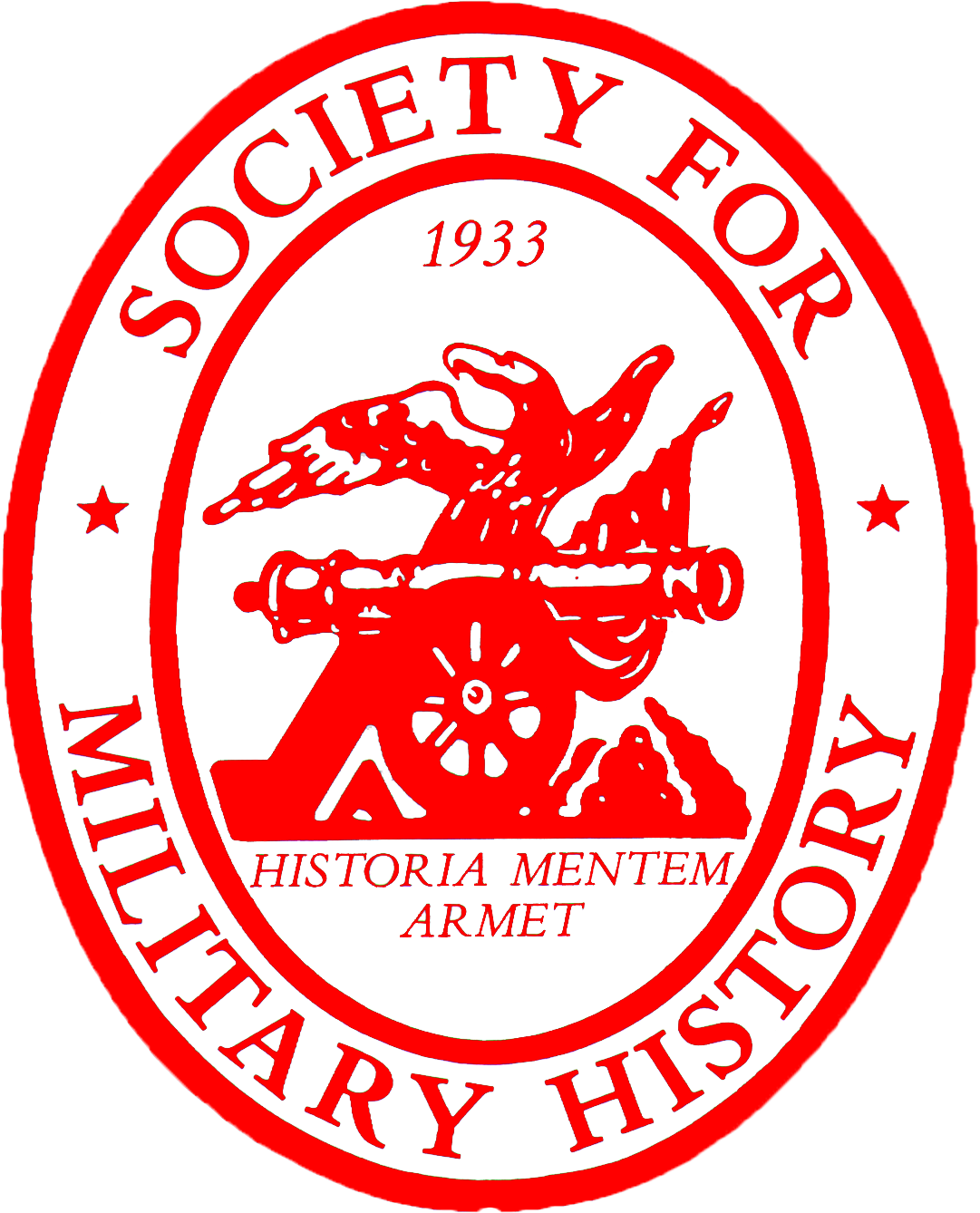
Allierten Museum in Berlin, Germany
by Emily Swafford
University of Chicago
The Museum is located in the southwest of the city, in a converted U.S. Army movie theater and nearby buildings, left from when Allied and Soviet troops withdrew from the city in 1994. Admission to the museum is free. Its permanent exhibition focuses on the occupation period of Berlin and has a rich collection of objects on display, particularly on the Berlin Airlift and the American military presence. The Museum also has temporary exhibits that deal with the primarily cultural implications of the American, French, and British military presence in a divided Berlin. (Examples: It started with a Kiss: German-Allied Love Affairs after 1945 and From G.I. Blues to G.I. Disco: The “American Way of Music” in Germany)
The Museum also has a modest collection of documents and artifacts available for researchers. There is no online listing and additional information is best obtained by inquiring of the appropriate curator. Appointments are required to see the collection and photographs are allowed, although researchers should double check for permission before photographing anything in the Museum’s collection. To make an appointment or to request more information, researchers should contact the appropriate curator. As of September 2013, they were:
Uta Birkemeyer
Thematic focus: France; museum education, large-scale objects
birkemeyer@alliertenmuseum.de
Bernd von Kostka
Thematic focus: Great Britain; picture archive, audio/video archive
kostka@alliertenmuseum.de
Florian Weiss
Thematic focus: USA; collection, library
weiss@alliertenmuseum.de
Getting to and from the Museum is very easy on the U-Bahn (subway/tramway/streetcar network for public transport in Berlin). It is located at the edge of Zone B, so only a Zone A&B travel card is required. It is about a brisk 15 minute walk from the Oskar-Helene-Heim U-Bahn station. It is recommended that researchers buy a weekly ticket if staying in Berlin for longer than a day or two. They are relatively cheap and once validated, they are good on all forms of public transit within the indicated zones. Farecards are available for purchase at airports, train stations, and yellow BVG kiosks at public transit stops.
The area around the Museum is very quiet and residential, with only minimal offerings in terms of restaurants for lunch. There is a McDonald’s about 10 minutes away, though at €4-€8 it’s the more expensive option, and cheaper offerings may be found at the U-Bahn station. It may be prudent to pack a lunch.
Berlin overall is a cheap city (compared to other European and American cities) and the economical traveler can live there for $40-$50 a day. Cheapest lodgings will probably be available via websites like Air BnB, particularly if the visitor has kitchen privileges and can buy food at a grocery store. (A week’s worth of pasta dinners was less than €5 euros.) There is also a relative abundance of relatively cheap street food in certain parts of Berlin. The neighborhoods of Friedrichschain, Kreuzberg, Neukölln , and the recently coined Kreuzkölln are known as student neighborhoods (and full of English-speaking students from the UK, Australia and the US), but quieter lodgings might be found in other neighborhoods.
Fluency in German is a plus when traveling in Berlin, but it is a very English-friendly city and the language barrier is easily overcome.
(Fall 2013)
